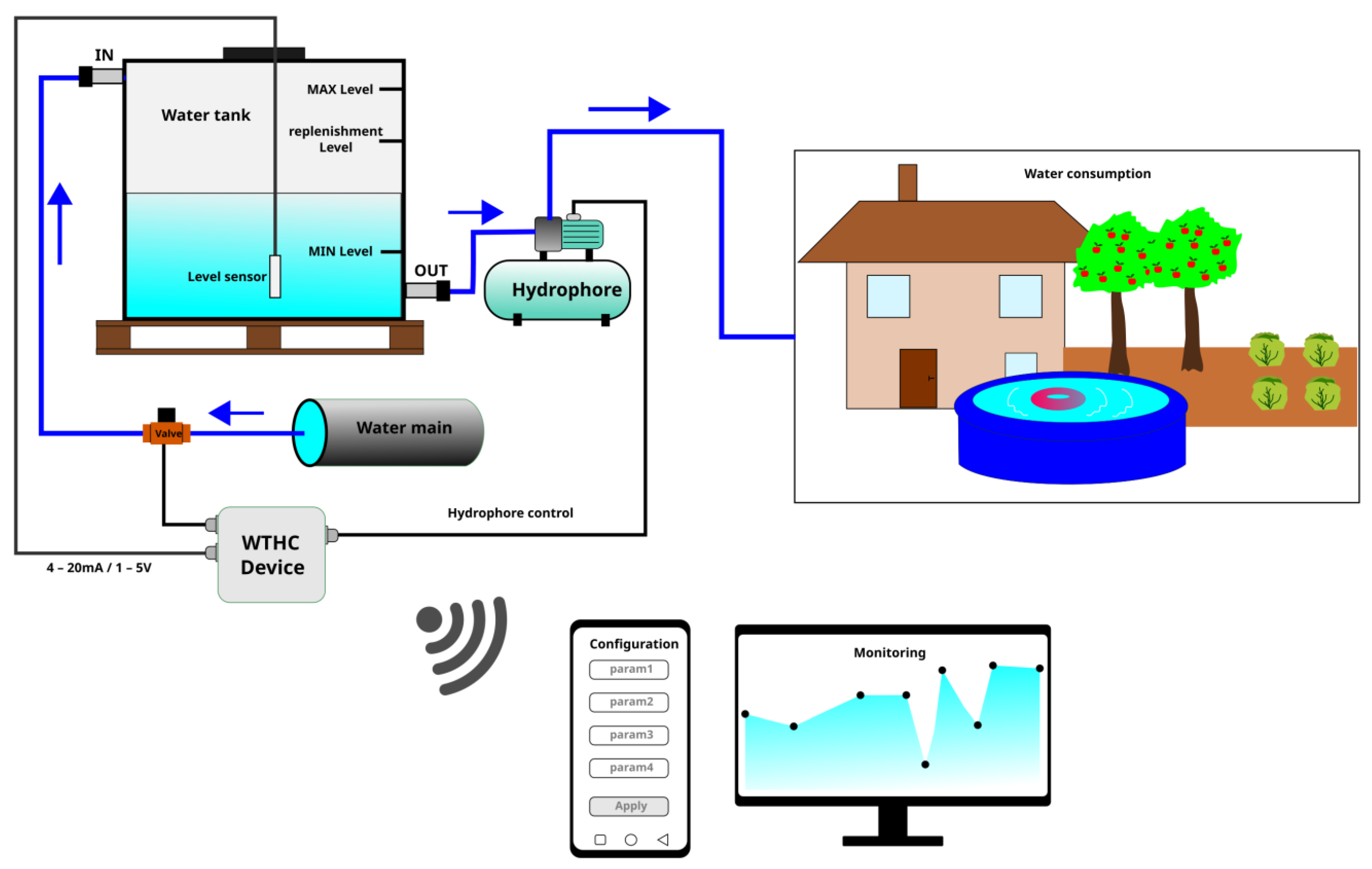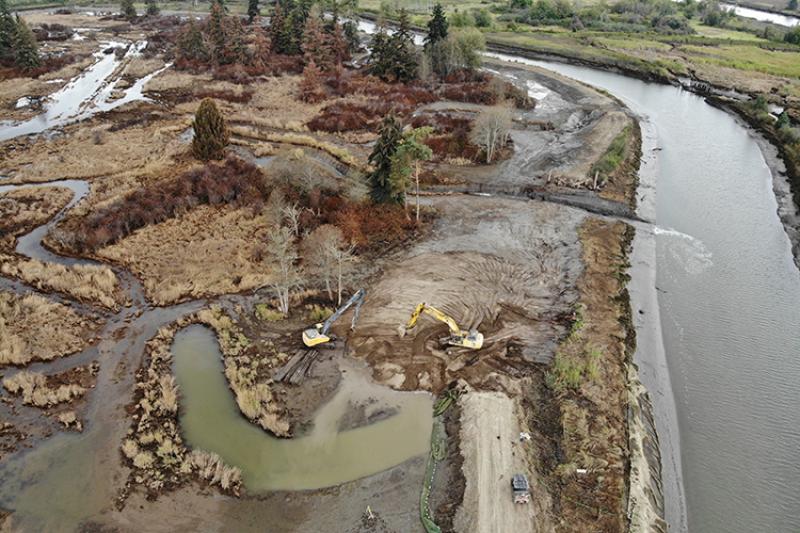Restoration projects minimize future risks through strategic upgrades that exceed original building standards, implementation of moisture management systems, targeted structural reinforcements, and installation of environmental monitoring technology. These improvements address root causes rather than just visible damage, creating resilient properties that withstand similar incidents in the future. Modern restoration approaches incorporate risk assessment, building science principles, and preventative engineering to transform damage recovery into an opportunity for meaningful property improvement.
Professional restoration goes beyond returning a property to its pre-loss condition. It applies current building science to identify and address vulnerabilities that contributed to the original damage. This proactive approach reduces future claim likelihood by 40-60% according to insurance industry studies. Properties with comprehensive restoration upgrades experience significantly fewer repeat incidents of water damage, fire, mold growth, and other common property hazards.
Key Risk Reduction Strategies in Restoration
Professional restoration incorporates multiple approaches to build future resilience.
Building Back Better Than Before
Modern restoration focuses on exceeding minimum requirements to prevent recurrence.
Restoration Approach
Standard Practice
Enhanced Approach
Long-term Benefit
Material Selection
Replace with similar grade
Upgrade to moisture/fire-resistant materials
5-10× longer service life in risk areas
Installation Methods
Meet code minimum
Exceed code requirements
Better performance during stress events
System Integration
Address damaged components only
Evaluate connected systems
Prevents cascade failures
Documentation
Basic repairs noted
Comprehensive digital documentation
Faster response to future incidents
Bonus Tip: When replacing water-damaged drywall, consider upgrading to moisture-resistant versions in high-risk areas, even if not originally installed. The small cost difference provides significant long-term protection.
Advanced Moisture Management
Water damage causes over 70% of property insurance claims, making moisture control essential.
System Component
Purpose
Risk Reduction
Implementation
Active Water Monitoring
Early leak detection
Reduces severity by 80%+
Wireless sensors at risk points
Automatic Water Shutoffs
Prevent catastrophic flooding
Limits maximum water release
Connected to monitoring system
Enhanced Drainage Systems
Direct water away from structure
Prevents foundation damage
Improved slopes, capacity upgrades
Humidity Control
Maintain optimal moisture levels
Prevents mold and deterioration
Smart HVAC integration

Structural Integrity Improvements
Restoration provides opportunities to strengthen building components.
Structural Element
Common Vulnerability
Restoration Enhancement
Risk Reduction
Roof System
Wind damage, water intrusion
Hurricane strapping, enhanced underlayment
60-80% reduction in severe weather damage
Foundation
Settling, water penetration
Waterproofing, reinforcement
Prevents progressive structural failures
Load-Bearing Elements
Hidden deterioration
Sister joists, engineered solutions
Restores or exceeds original capacity
Connection Points
Failure during stress events
Additional fasteners, metal connectors
Maintains structural continuity
Industry data shows properties with structural upgrades during restoration experience 50-75% less damage during subsequent similar events compared to properties restored to original specifications.
Environmental Monitoring and Response
Modern restoration increasingly includes ongoing monitoring systems.
- Continuous moisture level tracking
- Temperature monitoring in risk areas
- Air quality measurement
- Early warning systems for specific threats
Bonus Tip: Consider adding low-cost temperature sensors in attics and crawlspaces during restoration. These areas often develop problems between regular inspections, and continuous monitoring can detect issues before significant damage occurs.
Restoration Approaches by Damage Type
Different damage types require specific risk reduction strategies.
Water Damage Restoration Risk Reduction
Source of Original Damage
Risk Reduction Approach
Expected Outcome
Implementation Timeline
Plumbing Failure
Pipe material upgrades, accessibility improvements
70-90% lower repeat failure rate
During drying/repair phase
External Flooding
Improved grading, basement waterproofing
Significant reduction in water entry
Before replacing finishes
Appliance Malfunction
Pan installation, water sensors, auto-shutoffs
Early detection of future issues
During appliance reinstallation
Roof/Envelope Leaks
Improved flashing details, secondary barriers
Enhanced water shedding
During structural drying
Fire Damage Restoration Risk Reduction
Risk Factor
Mitigation Strategy
Effectiveness
Implementation Point
Electrical Hazards
Circuit protection upgrades, modern wiring
Prevents 60-80% of electrical fires
During system rebuilding
Cooking Fires
Smart monitoring, improved ventilation
Reduces kitchen fire spread
During kitchen restoration
HVAC-Related Fires
Cleaning access, modern safety controls
Eliminates common ignition sources
During system restoration
Fire Spread Pathways
Firestopping in concealed spaces
Compartmentalizes future incidents
Before closing walls/ceilings
Mold Remediation Risk Reduction
Contributing Factor
Prevention Strategy
Success Rate
Long-term Monitoring
Humidity Control
HVAC balancing, dehumidification
80-95% reduction in favorable conditions
Humidity logging
Building Envelope
Air sealing, insulation improvements
Prevents condensation points
Thermal imaging check-ups
Plumbing Proximity
Isolation strategies, detection systems
Early intervention for leaks
Moisture monitoring
Ventilation Inadequacy
System upgrades, automated controls
Maintains air exchange rates
Air quality tracking

Scientific Approach to Risk Reduction
Modern restoration uses evidence-based methods to identify and address risks.
Root Cause Analysis
Professional restoration begins with understanding why damage occurred.
Analysis Component
Purpose
Methods Used
Outcome
Damage Pattern Assessment
Identify origin points
Systematic inspection, thermal imaging
Reveals hidden contributors
Material Testing
Determine extent of damage
Moisture mapping, laboratory analysis
Prevents incomplete restoration
System Evaluation
Identify contributing factors
Performance testing, code review
Addresses underlying issues
Historical Review
Identify recurring problems
Property history analysis
Breaks cycle of repeated damage
Recent studies show that 65% of property damage incidents have underlying causes that aren't immediately obvious, making thorough analysis essential for effective risk reduction.
Building Science Integration
Modern restoration applies scientific principles to improve building performance.
- Moisture transport mechanics
- Heat and energy flow
- Material interaction under stress
- System interdependencies
Documentation and Education
Complete documentation empowers property owners to maintain improvements.
Documentation Element
Purpose
Format
Value to Owner
As-built Drawings
Record hidden improvements
Digital files, printed copies
Guides future modifications
System Manuals
Operation instructions
Compiled reference materials
Ensures proper maintenance
Maintenance Schedules
Preventative care timing
Digital/printed calendars
Prevents neglect of key systems
Video Walkthroughs
Visual reference of spaces
Digital recordings
Shows hidden elements before closure
Cost-Benefit Analysis of Risk Reduction
Evaluating the financial aspects of resilient restoration shows clear benefits.
Comparison: Standard vs. Risk-Reduction Restoration
Factor
Standard Restoration
Risk-Reduction Approach
Difference
Initial Cost
Base cost
10-30% higher
Investment in prevention
Recurrence Rate
20-40% within 5 years
5-10% within 5 years
75% reduction in repeat incidents
Insurance Premium Impact
Minimal change
Potential reductions
Long-term savings
Property Value Effect
Restored to pre-loss
Potential increase
Enhanced marketability
Total Cost of Ownership
Higher long-term
Lower long-term
Significant savings over time
Insurance industry data indicates properties with resilient restoration measures experience 60-80% fewer claims in subsequent years compared to properties with standard restoration.
Return on Investment Timeline
Improvement Type
Initial Cost Premium
Expected ROI Timeframe
Value Factors
Water Detection Systems
$500-$2,500
2-5 years
Reduced deductible payments, damage prevention
Structural Upgrades
15-25% of project
7-15 years
Damage prevention, enhanced durability
Material Upgrades
10-30% of materials
3-10 years
Extended lifespan, reduced maintenance
System Monitoring
$1,000-$5,000
3-7 years
Early intervention, preventative maintenance
Things to Consider Before Making a Decision
Several factors influence the appropriate risk reduction approach for a specific property.
Property-Specific Risk Factors
Consider these elements when evaluating risk reduction options:
- Geographic location (flood zones, weather patterns)
- Building age and construction methods
- Prior loss history
- Occupancy patterns (full-time, seasonal, rental)
- Budget constraints vs. risk tolerance
Professional vs. DIY Considerations
Aspect
Professional Advantage
DIY Possibility
Decision Factors
Risk Assessment
Comprehensive evaluation tools
Limited to visible issues
Complexity of damage
Implementation
Specialized knowledge and equipment
Feasible for simple measures
Technical requirements
System Integration
Coordinated approach
Often piecemeal
Interconnected systems
Documentation
Complete and standardized
Typically incomplete
Future reference needs
Warranty Coverage
Often included
Generally not available
Long-term protection
Future-Proofing Elements
Consider these additional factors when planning restoration:
- Climate change projections for your region
- Evolving building code requirements
- Technological advancements in building systems
- Changing insurance industry standards
- Potential property use changes
Bonus Tip: When restoring after a loss, consider future plans for the property. If renovations were already being considered, incorporating them during restoration can be more cost-effective than addressing them separately later.
Common Questions About Risk-Reduction Restoration
Does insurance cover preventative improvements during restoration?
Most insurance policies cover restoring to pre-loss condition but not preventative upgrades. However, code upgrade coverage (often called "Ordinance or Law" coverage) may fund improvements required by current building codes. Additionally, some insurance companies offer specific endorsements to cover certain mitigation measures. Always document how preventative measures directly relate to preventing similar future damage, as adjusters have some discretion in approving related improvements that prevent recurrence.
How do I identify the most important risk reduction measures for my specific situation?
Start with a professional risk assessment that evaluates your property's unique characteristics, damage history, and local environmental factors. Prioritize measures addressing the specific cause of your current damage first, then address other vulnerabilities in order of likelihood and potential impact. For example, properties with previous water damage should prioritize moisture management systems, while those with electrical fires should focus on electrical system upgrades. The most effective approach targets the highest-probability risks with solutions offering the greatest long-term protection.
Are DIY restoration approaches effective for reducing future risks?
DIY approaches can implement some basic risk reduction measures effectively, particularly for minor incidents. Simple improvements like installing water leak detectors, upgrading to smoke/CO detectors, or improving gutters and downspouts can be successful DIY projects. However, complex issues involving structural components, building envelope systems, or major mechanical systems typically require professional expertise to properly diagnose root causes and implement effective solutions. The effectiveness of DIY risk reduction depends on accurately identifying underlying problems, not just visible symptoms.
How does restoration differ from regular renovation in terms of risk reduction?
Restoration after damage provides unique opportunities for improvement that regular renovations might miss. The exposure of normally concealed building components during restoration allows for evaluation and upgrades that would be disruptive and costly during routine renovations. Restoration professionals specifically look for vulnerability patterns and contributing factors to the original damage, while general contractors focus primarily on the specified renovation scope. Additionally, restoration often comes with specialized funding sources (insurance) that can make certain improvements more financially feasible.
What documentation should I keep after a risk-reduction restoration project?
Maintain comprehensive records including before/after photos, detailed scope of work documents, product specifications for all materials used, warranties, operation manuals for new systems, and maintenance requirements. These records prove valuable for insurance purposes, future property sales, warranty claims, and guiding future modifications. Digital documentation is particularly useful – consider creating a dedicated cloud folder containing all restoration information, including videos of areas before they were closed up. Some restoration companies now provide QR-coded documents that link to complete project archives.
Make the Right Decision
Risk-reduction restoration transforms property damage from a setback into an opportunity for meaningful improvement. Taking a proactive approach during restoration creates more resilient buildings that withstand future challenges while potentially increasing property value and reducing long-term costs.
Evaluate your specific situation to determine which risk reduction strategies offer the greatest benefit for your property type, location, and budget. Remember that while some preventative measures add cost initially, they typically provide significant returns through prevented damage, reduced maintenance, and increased property performance over time.





Comments